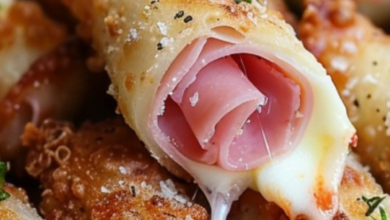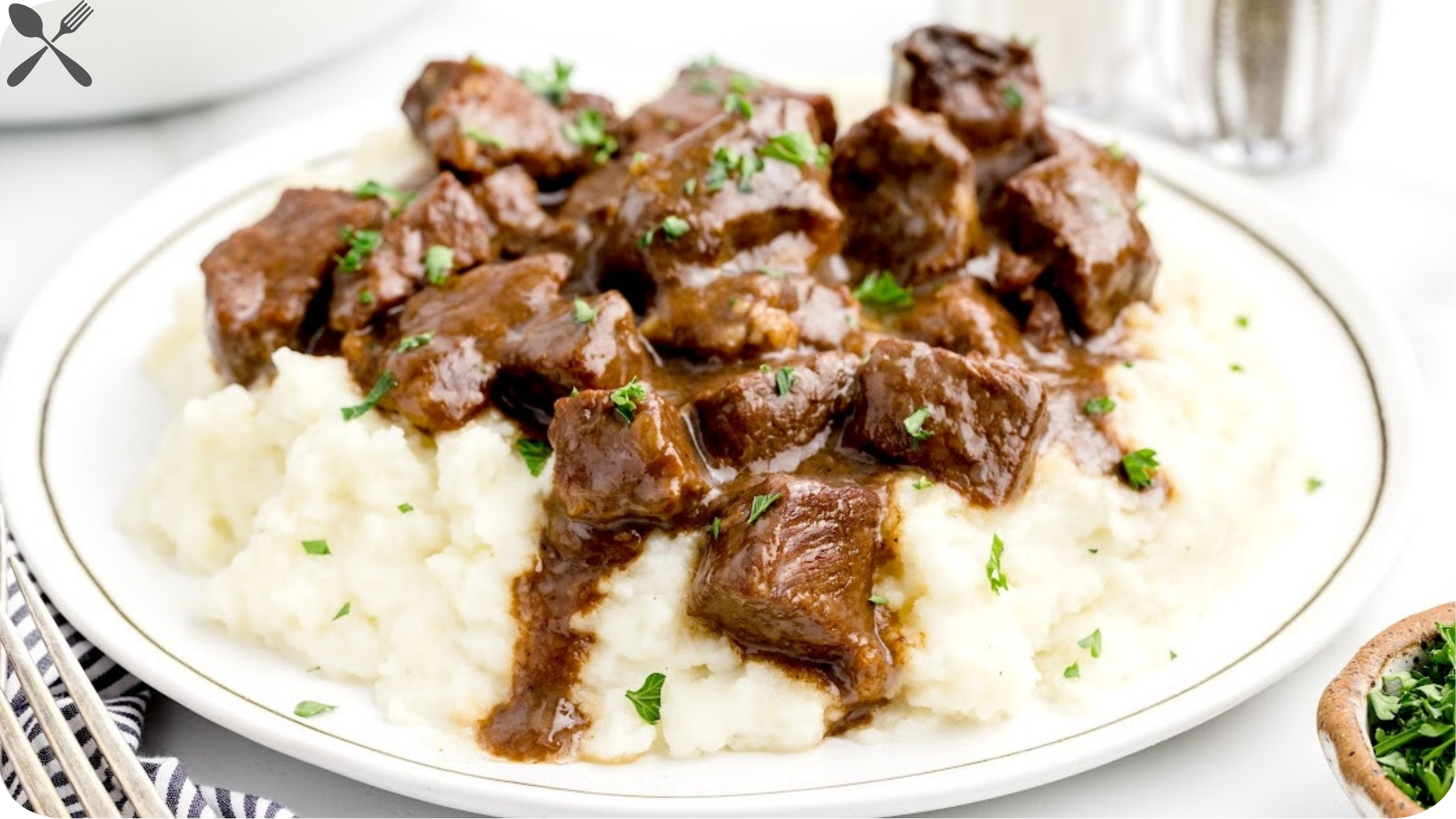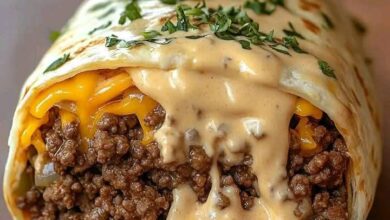The Best Oven Prime Rib Recipe: Foolproof Method for Perfect Results
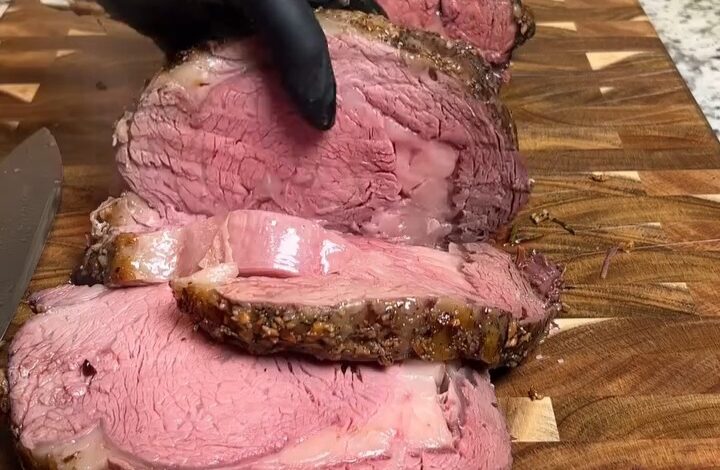
When you’re investing in a high-quality cut like prime rib, the last thing you want to do is mess it up. This guide provides a step-by-step method for roasting The Best Oven Prime Rib, ensuring a juicy, tender, and perfectly seasoned result every time. Whether you’re hosting a holiday dinner or just indulging in a luxury meal, this foolproof recipe will elevate your cooking game.
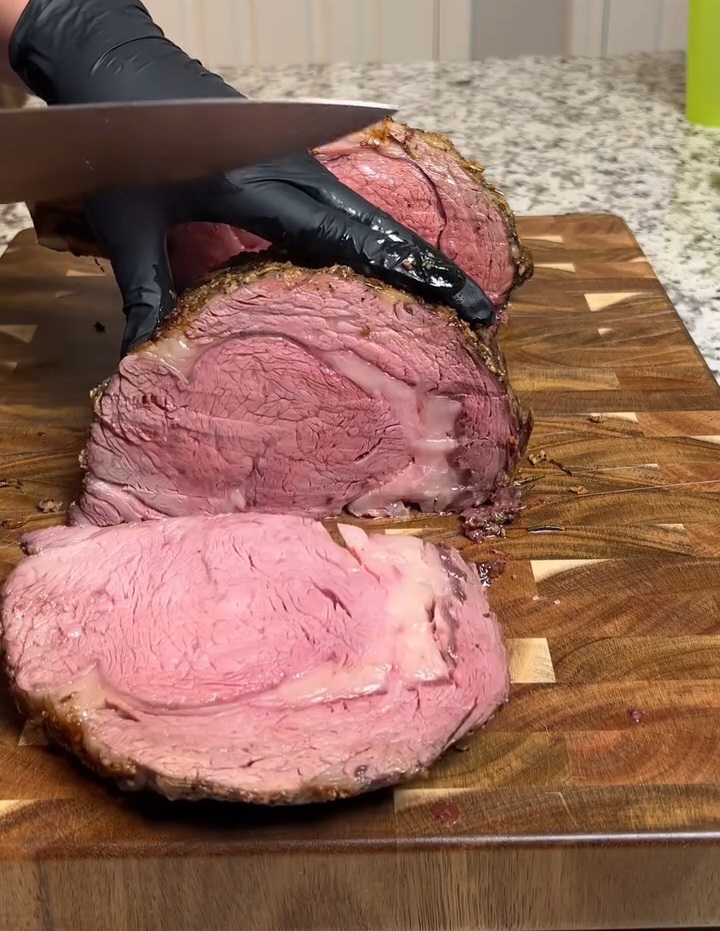
What Is Prime Rib?
Prime rib, also known as a standing rib roast, comes from the primal rib section of the cow. It’s prized for its rich marbling and intense flavor. Cooking it correctly requires patience and attention to detail, as this cut is an investment both financially and culinarily. This recipe focuses on achieving a perfect balance of seasoning, texture, and internal temperature.
The Best Oven Prime Rib Recipe
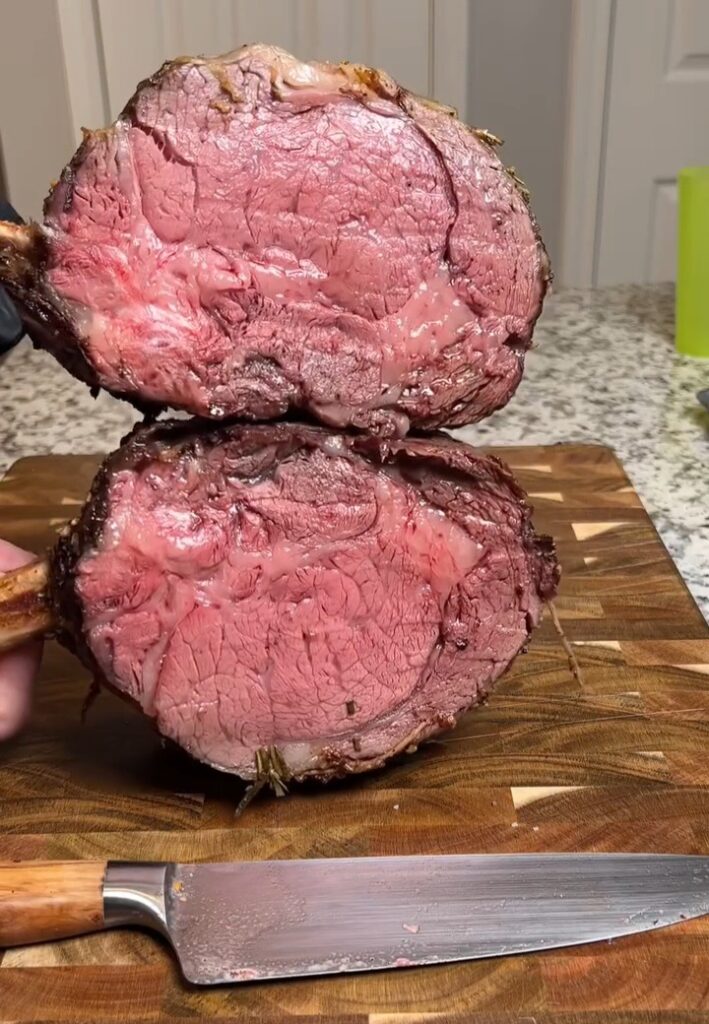
Preparing the Perfect Prime Rib: Step-by-Step
1. Choosing the Right Cut
To start, select a high-quality prime rib. Look for a four-bone, prime-grade rib roast, which tends to have the best marbling and flavor. While you can choose to French the bones (trimming the meat from the bone ends for presentation), this step is optional and purely for aesthetic purposes.
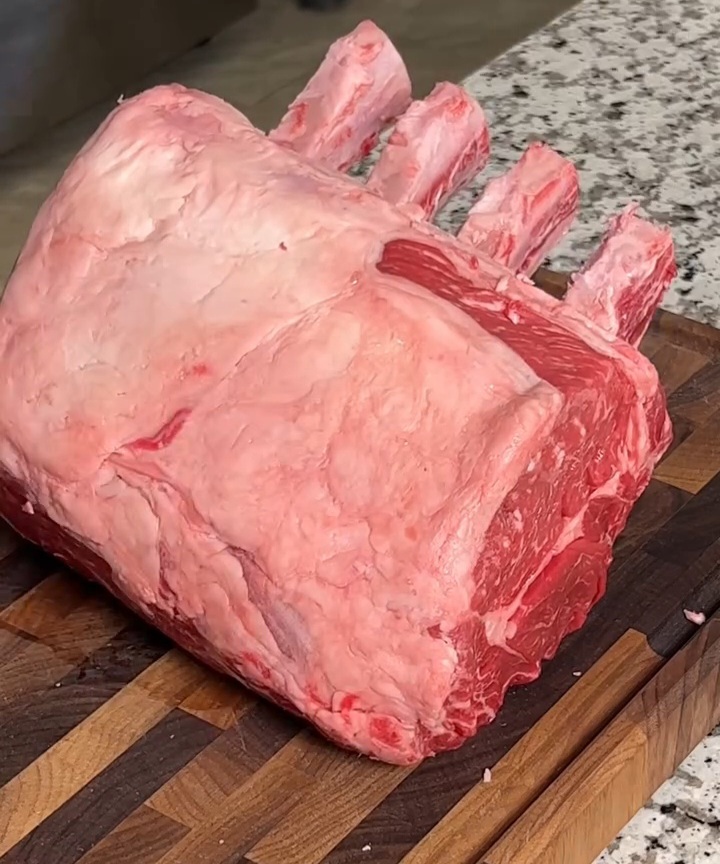
2. Trimming the Fat
Once you’ve selected your prime rib, you’ll need to trim the fat cap down to about ¼ inch. This layer of fat helps keep the roast moist, but too much can make it greasy. Trimming it to the right thickness ensures that you’ll get just the right amount of richness without overwhelming the meat.
3. Seasoning the Prime Rib
For seasoning, start by generously coating the entire roast with kosher salt. This helps to draw out moisture from the surface of the meat, creating a beautiful crust while also seasoning the interior. After salting, let the roast sit at room temperature for about an hour. This step is crucial as it allows the meat to cook more evenly once it hits the oven.
4. Creating a Flavorful Garlic and Herb Rub
While the prime rib is resting, you can prepare a flavorful garlic and herb rub. Start by mincing 10 cloves of garlic. Combine the garlic with a few sprigs of freshly chopped rosemary, a good drizzle of olive oil, and a sprinkle of freshly ground black pepper. This aromatic blend will not only enhance the flavor of the meat but also contribute to a delicious crust.
5. Applying the Rub
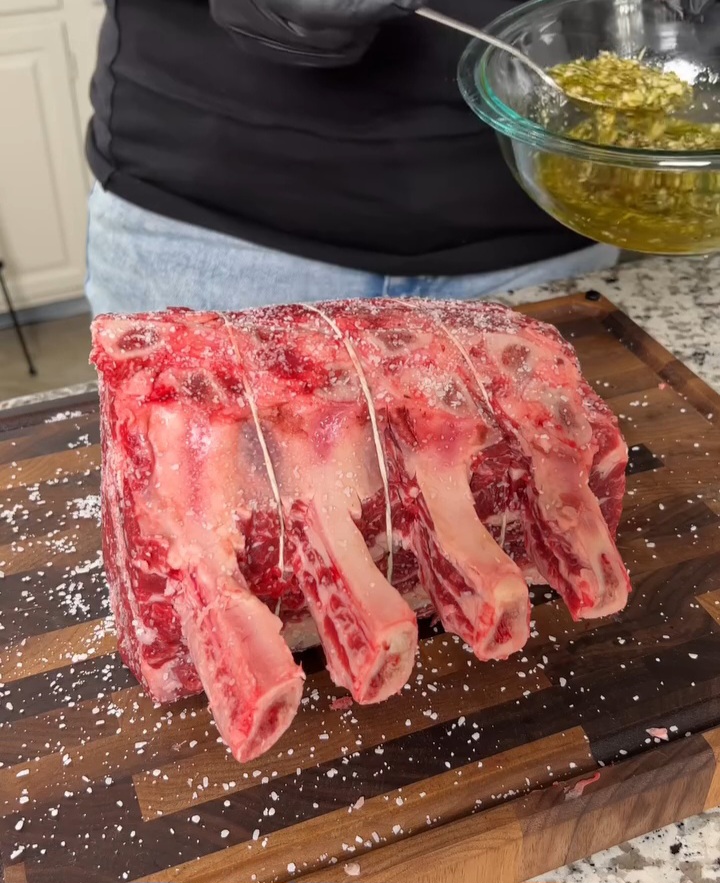
After the prime rib has rested and the rub is prepared, coat the entire roast with the garlic, rosemary, and olive oil mixture. Make sure to cover every surface, pressing the rub into the fat and meat for maximum flavor absorption.
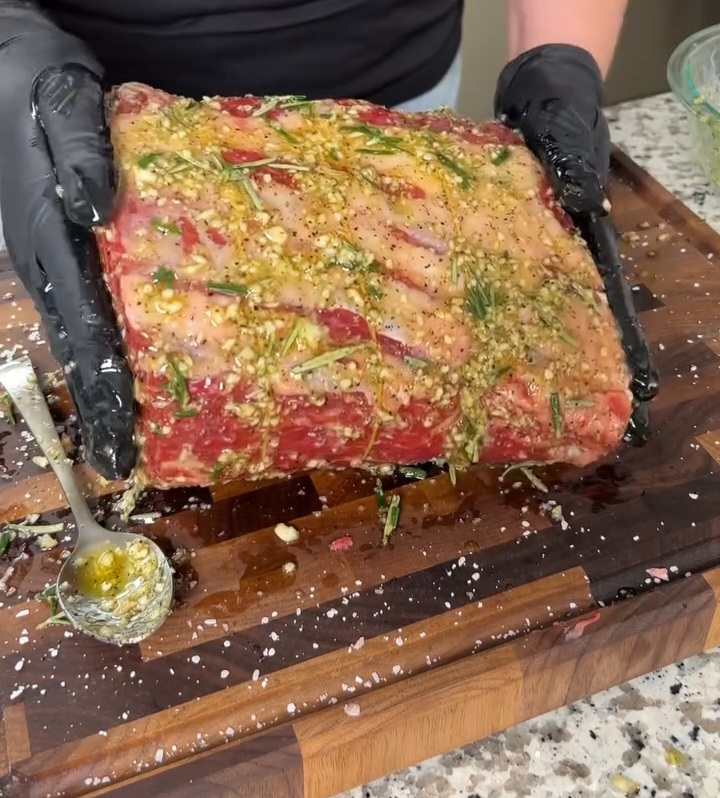
6. Setting Up the Pan
Next, you’ll need a roasting pan. Add a bed of chopped onions to the bottom of the pan. These will not only add flavor but also prevent the prime rib from sticking to the pan as it cooks. Place the seasoned prime rib on top of the onions.
7. Monitoring the Temperature
Insert a probe thermometer into the thickest part of the prime rib. This will allow you to monitor the internal temperature of the meat throughout the cooking process, ensuring that it doesn’t overcook.
Roasting the Prime Rib: Temperature and Timing
1. High-Heat Searing
Preheat your oven to 450°F (232°C). This initial high heat will sear the outside of the prime rib, creating a beautiful crust that locks in the juices. Roast the prime rib at this temperature for 20 minutes.
2. Lowering the Temperature for Even Cooking
After 20 minutes at 450°F, lower the oven temperature to 325°F (163°C). Continue roasting the prime rib for approximately 11-12 minutes per pound. For example, if you have a 4-pound prime rib, you should roast it for an additional 44-48 minutes. Keep a close eye on the internal temperature; you’re aiming for an internal temp of about 120°F (49°C) for medium-rare. Remember, the roast will continue to cook as it rests.
3. Resting the Meat
Once the prime rib reaches the desired internal temperature, remove it from the oven and tent it loosely with foil. Allow the meat to rest for at least 30 minutes. During this time, the internal temperature will rise another 5-10 degrees, bringing it to the perfect doneness.
Carving and Serving the Prime Rib
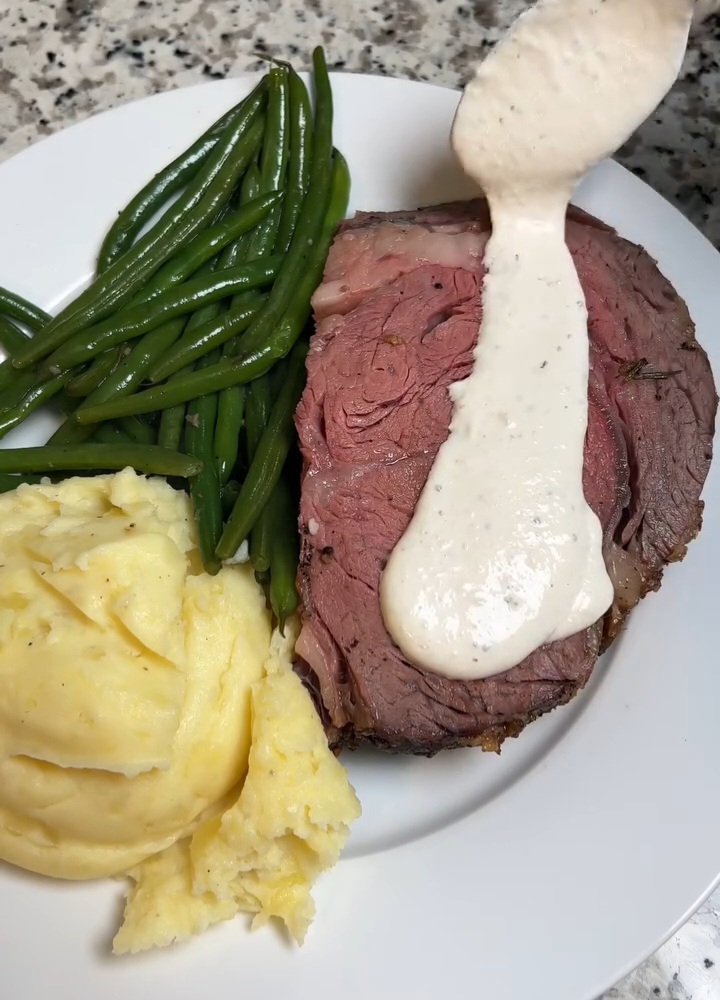
After resting, it’s time to carve your prime rib. Use a sharp knife to slice between the bones, creating even portions of juicy, tender beef. The exterior will have a beautiful crust, while the interior will be perfectly pink and succulent.
Serve your prime rib with your choice of sides, such as mashed potatoes, roasted vegetables, or a rich horseradish sauce. The flavor of the prime rib stands out on its own, so it doesn’t need overly complex accompaniments.
Tips for The Best Oven Prime Rib
- Use a Meat Thermometer: A probe thermometer is key to ensuring that your prime rib is cooked to perfection. Checking the internal temperature is the only reliable way to avoid overcooking.
- Resting Is Crucial: Don’t skip the resting step. This allows the juices to redistribute within the meat, resulting in a more tender and flavorful roast.
- Buy Prime Grade for Best Results: While you can certainly make a great roast with choice-grade meat, opting for prime-grade ensures the highest quality and best marbling.
- Season Generously: Prime rib is a large cut of meat, so don’t be shy with the seasoning. Salt and herbs will penetrate the surface and enhance the natural beefy flavor.
Frequently Asked Questions About Prime Rib
1. What’s the difference between prime rib and ribeye?
Prime rib is a larger roast that includes multiple ribs, while ribeye refers to a specific cut of steak from the rib section. Ribeye steaks are typically cut from a cooked prime rib roast or from the raw rib section.
2. How do I know when my prime rib is done?
The best way to ensure your prime rib is cooked perfectly is by using a meat thermometer. Aim for an internal temperature of 120°F for medium-rare, which will rise to about 125-130°F as the roast rests.
3. Can I cook prime rib to a different doneness?
Yes, but prime rib is best enjoyed medium-rare to medium. If you prefer your meat more well-done, cook it to an internal temperature of 130-135°F for medium and 140°F or above for well-done. Keep in mind that cooking beyond medium can dry out the meat.
4. Should I cook the prime rib with the bone in?
Cooking with the bone in helps to insulate the meat and enhances the flavor. It also makes for an impressive presentation. However, boneless prime rib is easier to carve, so it’s a matter of personal preference.
Enjoying The Best Oven Prime Rib
Mastering the art of roasting prime rib can transform your dinner table into a gourmet experience. By following this guide, you’ll impress your guests with a juicy, tender, and flavorful roast that’s worthy of any special occasion. With the right preparation and attention to detail, you’ll be serving The Best Oven Prime Rib every time.

